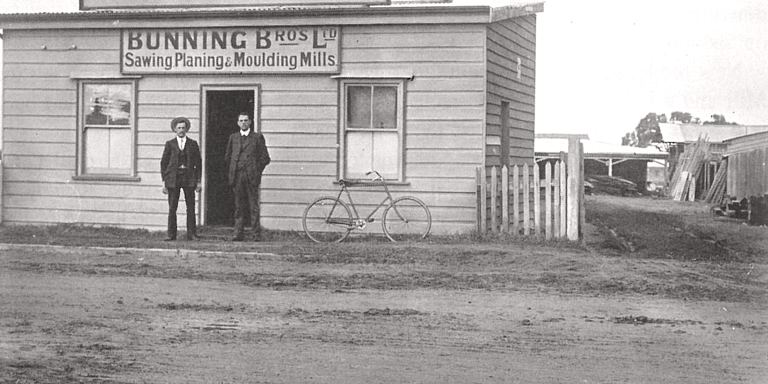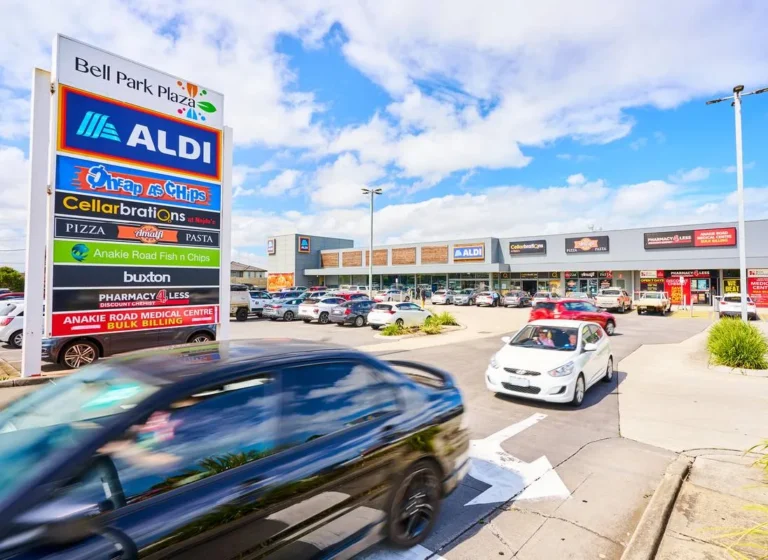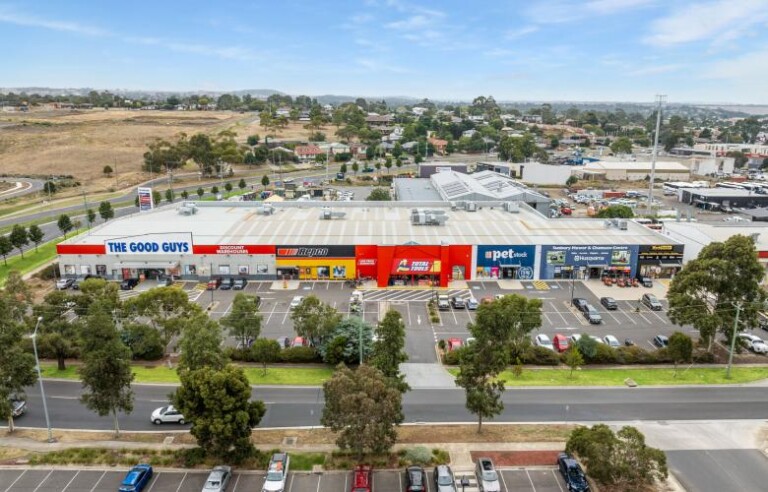The Inside Story of how Bunnings Became a Multi-Billion-Dollar Household Name
18/09/2023

A Tale of Two Brothers
From its beloved sausage sizzle at the front door to the soaring shelves inside filled with just about everything you could ever want, there’s no doubt that Bunnings is an iconic Aussie institution.
But the story of the national treasure begins more than a century ago, in a time long before weekend sausage sizzles, when two brothers from the UK sought their fortunes on the other side of the world.
In the winter of 1886, Arthur and Robert Bunning, tradesmen from East London, stepped off a passenger ship in Fremantle, Western Australia.
They quickly found work in the building trade, constructing the new wings of a lunatic asylum and a hospital, and were soon successful enough to open their first sawmill.
In the 1890s, as Western Australia thrived amid the gold boom, so did the industrious brothers, who hawked timber, bricks, and other building supplies.
Bunning Bros Limited was officially incorporated in 1907, and ownership of the business was passed down to elder brother Robert Bunning’s three sons upon his death in 1936.
Not even the shadow of World War II could dim Bunnings’ shine.
After a brief pivot to shipbuilding for the Allies, the business rode the post-war housing boom to even greater heights, becoming a publicly listed company in 1952 and a key supplier for hundreds of thousands of homes.
With its newly expanded consumer base, Bunnings launched its own hardware stores across the country, with the first opening in Perth in 1961.
A series of acquisitions and mergers with other hardware retailers in the 1970s, 80s and 90s saw it dominate DIY and hardware nationwide, culminating in its expansion to the east coast in 1993.
It was then purchased by megaconglomerate Wesfarmers in 1994.
Why it’s such a beloved brand
The secret to how Bunnings cornered the market is its ability to innovate, said the company’s managing director Mike Schneider.
“Our focus is on our customers, and we are constantly listening to them to identify opportunities to innovate and evolve our offer to meet their needs,’ Mr Schneider told realcommercial.com.au.
“This isn’t just with the products we sell, but also the services we provide and experiences we create both in-store and online.’
‘Anything you need, anytime at all’ was Bunnings’ slogan in the early 1990s, encapsulating its status as a one-stop shop for the nation’s DIY needs.
“Though the business’s tagline has changed, that remains true today,’ Mr Schneider said.
“At a broader level, our overall strategy is underpinned by our three key pillars of providing customers the lowest prices, widest range, and the best experience,’ he said.
What’s next for Bunnings?
In 2022, Bunnings was named Australia’s strongest brand in an analysis by Brand Finance Australia, based on criteria including familiarity, loyalty, and corporate reputation.
Today, there are hundreds of Bunnings stores across Australia, from its flagship warehouses to smaller stores, in capital cities and small towns.
The rollout of its new pet range is the business’s largest category expansion in 20 years, with close to 1000 new products, including pet food and bedding, hitting shelves.
If one thing is certain; no matter how big the business gets, Bunnings’ tried and tested approach remains focused on creating the best possible experience for consumers who continue to come back time after time.
First Published in realcommercial.com.au, 28 March 2023
Seb Starcevic



